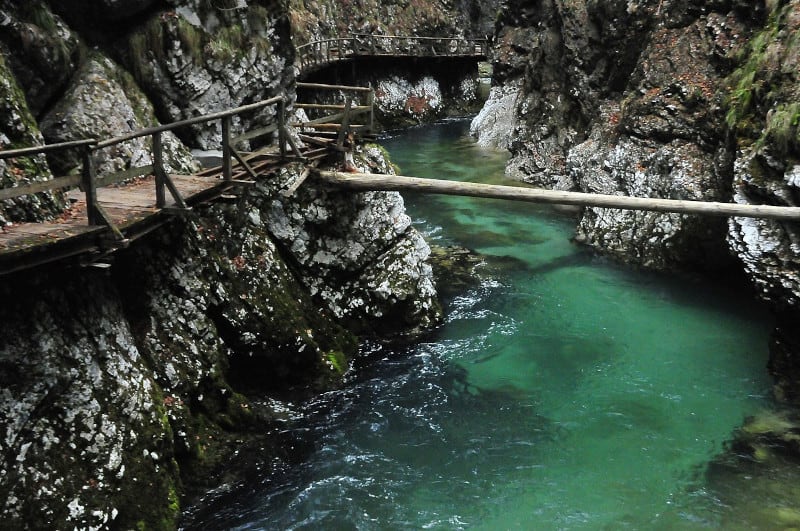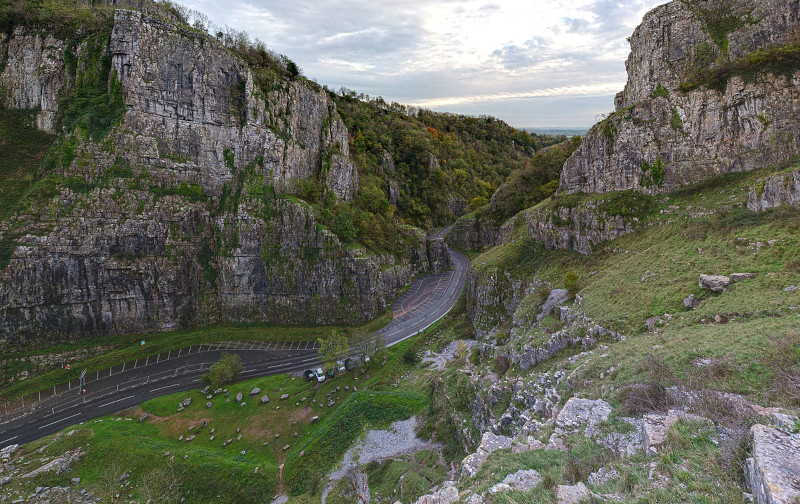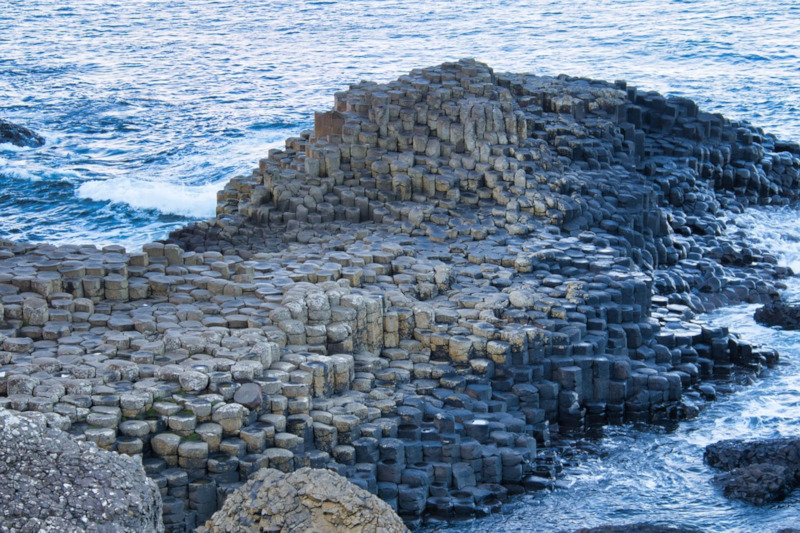
Cheddar Gorge Facts
- The somewhat attention-grabbing term of Cheddar Gorge serves as the only generally used title for this wonder of geological processes. While what it’s called might be a source of a small amount of humor, there’s nothing funny about its natural marvels.
- The distinctive title is derived from its proximity to a village, naturally named Cheddar, sitting nearby. It also holds distinction for items found within its confines. Perhaps chief among these is the oldest complete human skeleton discovered in the region.
- Of course, being named the Cheddar Man, these remains date back to approximately 9,000 years ago. Partial remains of even older humans were also discovered inside the confines of the gorge. These date back around 12,000 – 13,000 years ago.
- The fabulous formation now forms part of a Site of Special Scientific Interest called the Cheddar Complex. It’s thus appreciated for both its beauty and its place in history. A 2005 poll named it the second greatest natural wonder in the country it lies in.
- Unfortunately, though, that presents a problem for Cheddar Gorge. Due to its popularity, it’s now a major tourist attraction in its region. Because of this, it receives about 500,000 visitors every year. This makes maintaining its pristine state difficult.
Related Articles




Cheddar Gorge Physical Description
The breathtaking Cheddar Gorge clearly captures the imagination with its beauty. There’s simply no denying this fact. Yet it also merits appreciation for certain other aspects. That’s because, while not as large as similar features around the world, it’s still respectable.
This creation of geological processes and time extends for approximately 3 mi (4.8 km). It’s not exactly straight, however. On the contrary it tends to wind circuitously through the surrounding terrain. It additionally varies in width significantly along its path.
Its impressive statistics don’t simply end there, though. The eye-catching structure also boasts a moderate depth across it distance. At its deepest part, it measures roughly 449 ft (137 m) in depth. Combined with its tendency to twist, this makes for an amazing view.
The underlying rock strata of Cheddar Gorge consists primarily of a combination of three types of stone. These include Black Rock slate, Burrington Oolite and Clifton Down Limestone. These layers also contain numerous ooliths and fossils from various periods.
On the northern side of the canyon, steep grassy slopes predominate. To the south, however, it’s bounded by an almost vertical cliff face. Yet it also holds self-contained marvels. Numerous caves also appear within its boundaries, including two beautiful show caves.

Cheddar Gorge Location, Formation, and Ecology
The beautiful Cheddar Gorge formed in a part of the world renowned for its natural beauty. The precise region of the globe it sits in, though, might surprise some of you. That’s true despite that the fact that it lies within the boundaries of what’s now known as Europe.
Inside of that greater area, though, this wonder of geology formed in a region that’s quite distinct. That’s true since it sits inside the borders of the country of England. Its location places it in the Mendhip Hills. That’s a range of hills situated south of Bristol, in Somerset.
The site formed over a period of time believed to total roughly 1.2 million years. Its formation occurred due to the actions of meltwater flooding during multiple glacial periods. As the ice melted at the end of each period, the resulting runoff carved out the gorge.
That same water flow ran under the ground, as well. Its actions additionally carved out the various caves found within its limits. That principally occurred because of the high percentage of limestone in the strata. This permeable stone allowed for easier erosion.
The marvel of Cheddar Gorge is accentuated even further by the presence of a thriving ecosystem. Many animal species live there, including several types of mice and snakes. Several rare butterflies also appear there. Other animals present include falcons and ravens.
Local flora includes several species that love the high chalk content present locally. This includes wild thyme. One perennial herb present here grows nowhere else on earth! Other floral varieties present include poppies, and several other rarely seen plants.
Features Sharing Its Region



Check out our other articles on 5 Marvelous Plants of Maine, Harp Seal, Sacred Valley, Blue Orchard Bee, Axolotl, Desert Willow, Mangrove Monitor, Bluespotted Ribbontail Ray









Leave a Reply